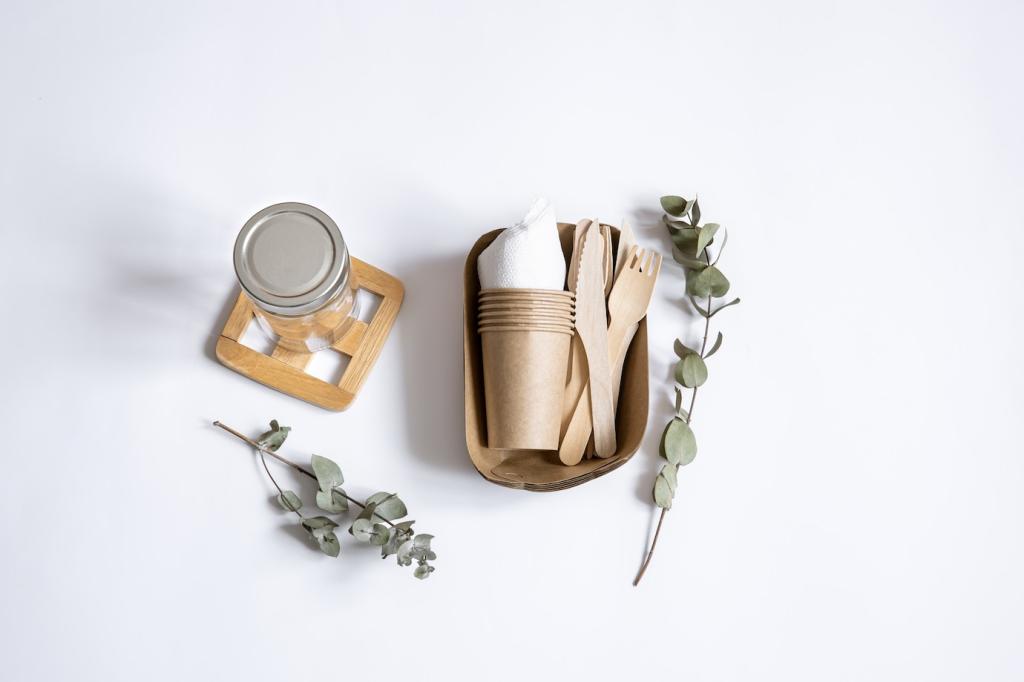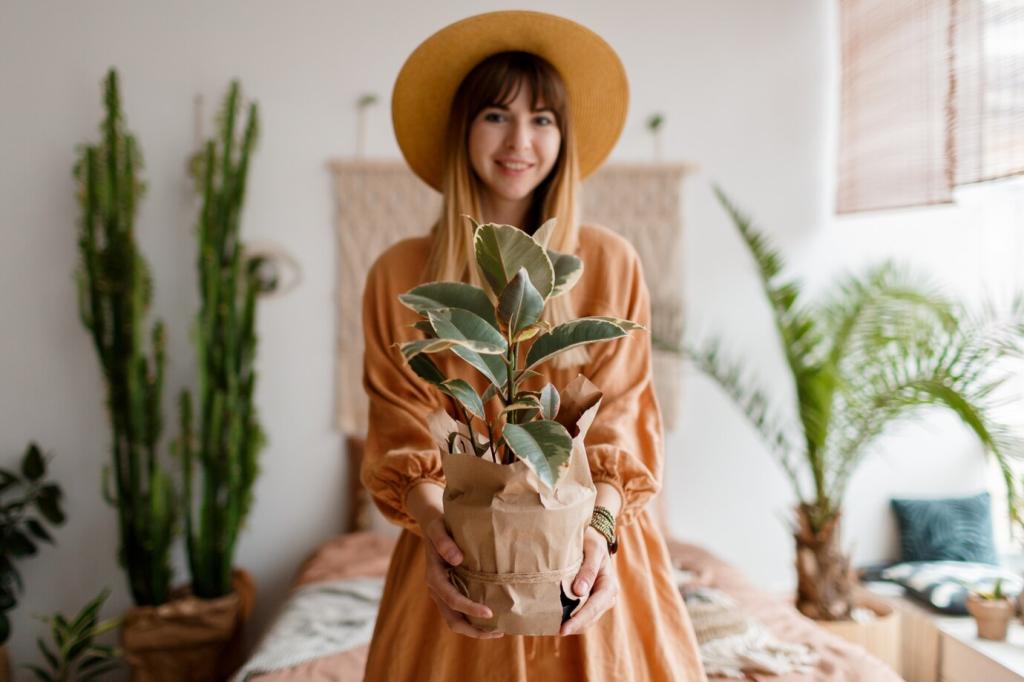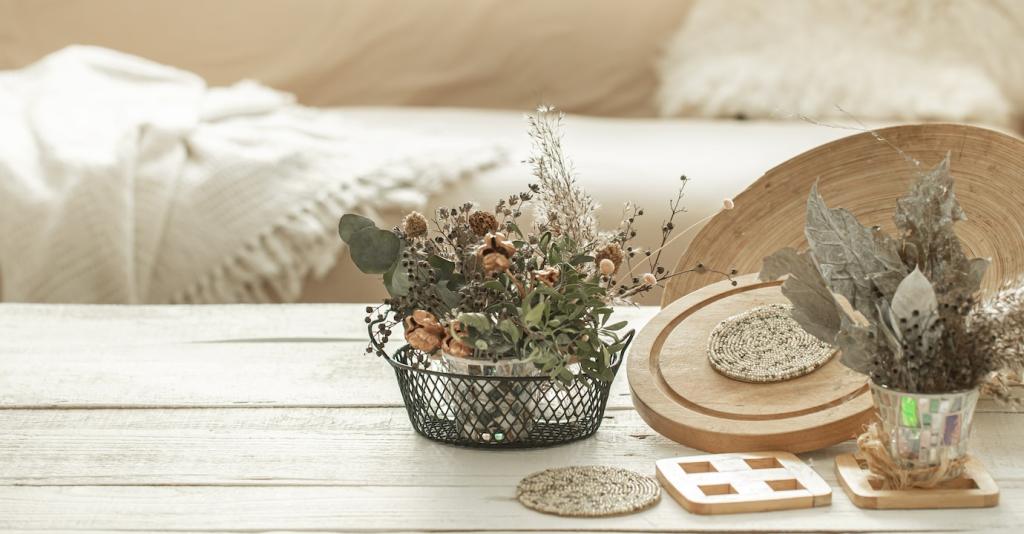
Biophilic Design Elements: Bringing Nature Home
Theme selected: Biophilic Design Elements. Step into a home that breathes, where light, greenery, textures, water, and clean air restore your calm and curiosity. Explore approachable ideas, stories, and practical steps you can try today. Subscribe to keep the nature-fueled inspiration flowing.
The human–nature bond
Biologist E. O. Wilson popularized biophilia, our innate affinity for life and living systems, and design thinker Stephen Kellert translated it into practical elements. When rooms echo nature’s cues—light, texture, movement—we feel safer, more focused, and quietly energized.
A quick story from a tired office
A cramped studio replaced harsh overheads with warm task lights, added a plant shelf by the window, and opened cross-ventilation. Within weeks, headaches fell, chatter rose, and after-hours drawings improved. Share your small wins; your before-and-after might inspire someone today.
What counts as a biophilic element
Think daylight and sky views, honest materials like wood and stone, indoor plants and soil, water soundscapes, natural airflow, fractal patterns, soft shadows, and places to perch or hide. Comment which element you crave most, and we’ll tailor future guides.
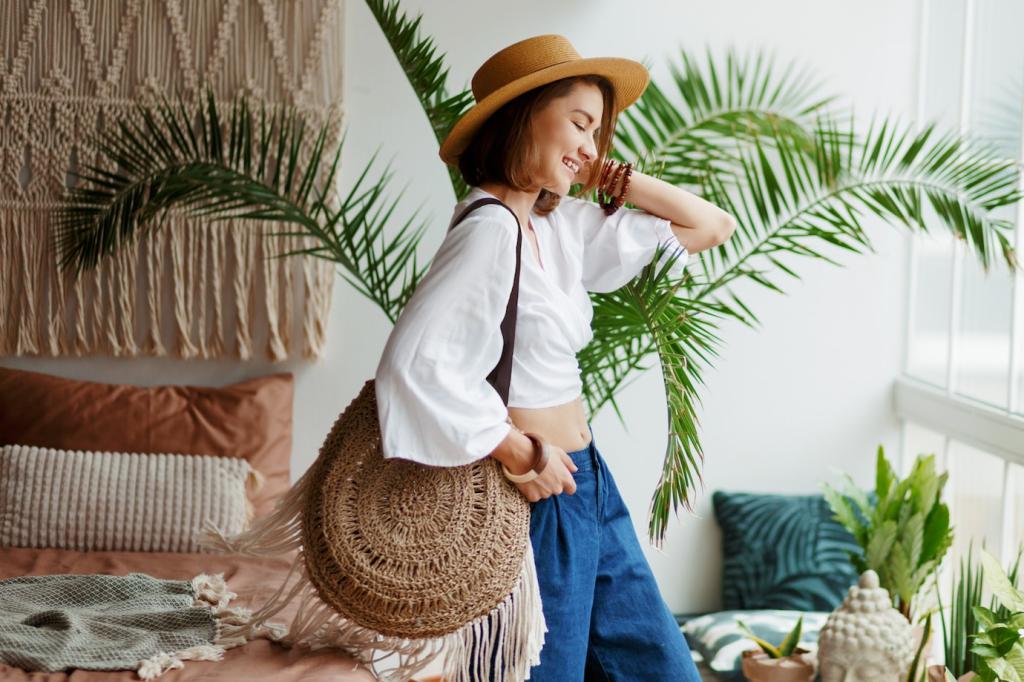
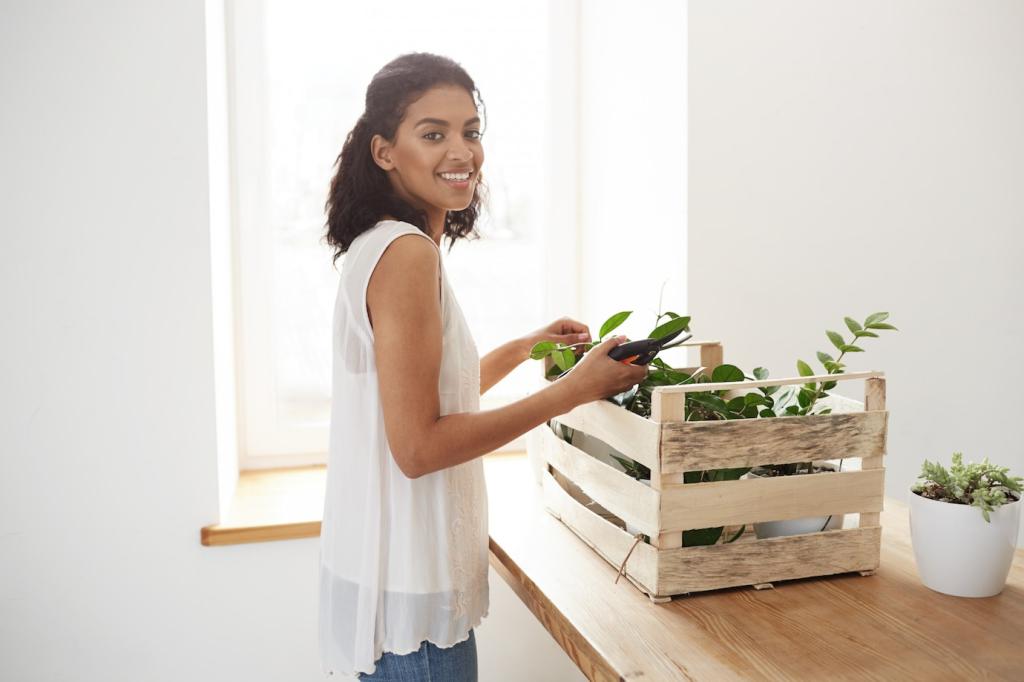
Natural Light, Views, and Sky Connections
Favor light from two directions when possible to soften contrast, and frame even modest outdoor views with trim that guides the eye. If windows are limited, mirror a bright wall to bounce sky tones deeper into your room without hot spots.
Natural Light, Views, and Sky Connections
Combine sheer curtains, adjustable blinds, and matte surfaces to tame glare. Position desks perpendicular to windows, not facing them, so screens stay legible. Share a photo of your trickiest corner, and we’ll brainstorm solutions in our next newsletter.
Living Materials and Indoor Greenery
Match species to light and habits: snake plant for forgetful waterers, pothos for low light, rosemary for sunny kitchens. Use breathable pots and visible soil to remind you watering is care, not a chore. Tell us your climate; we’ll suggest a starter trio.
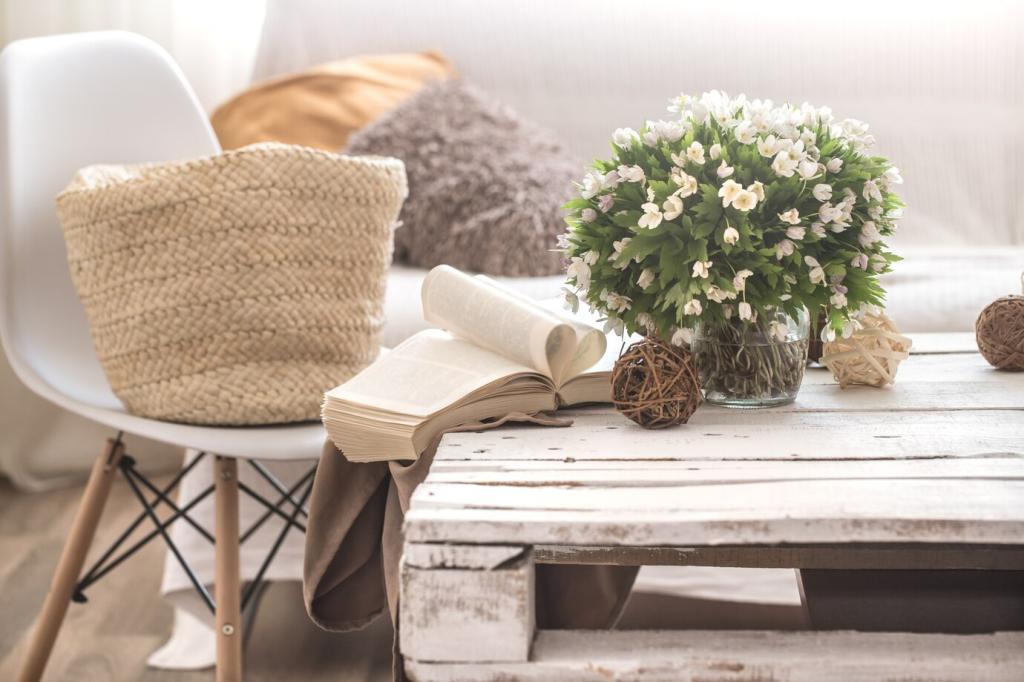
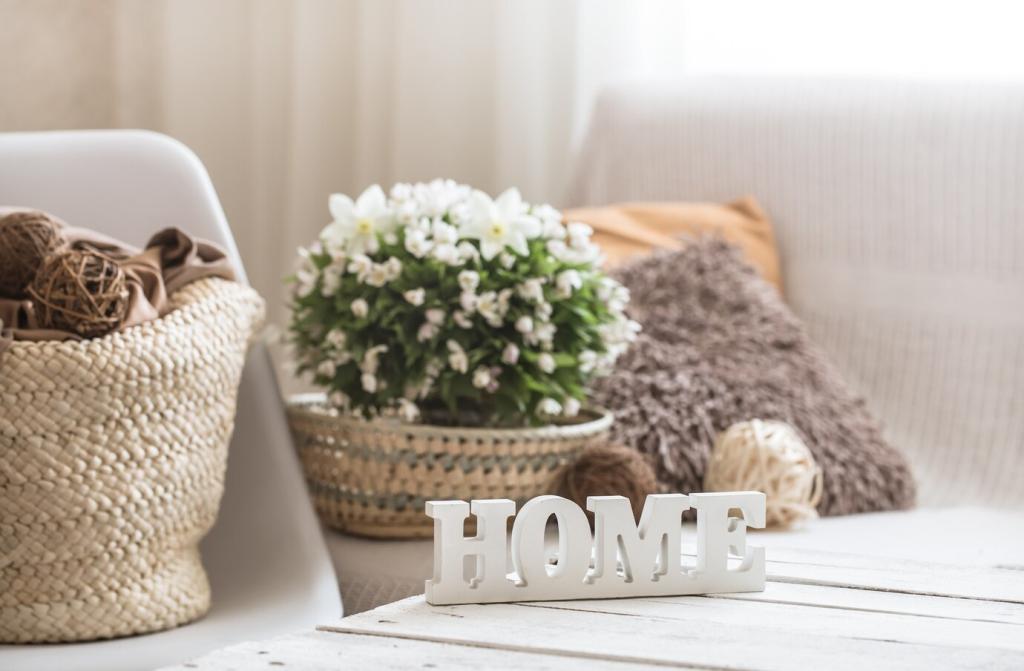
Living Materials and Indoor Greenery
Choose oiled wood, unsealed cork, clay, and linen, which soften sound and invite touch. Small scuffs become a record of living, not defects. If you love minimalism, start with one oak stool or cork mat to introduce warmth without clutter.
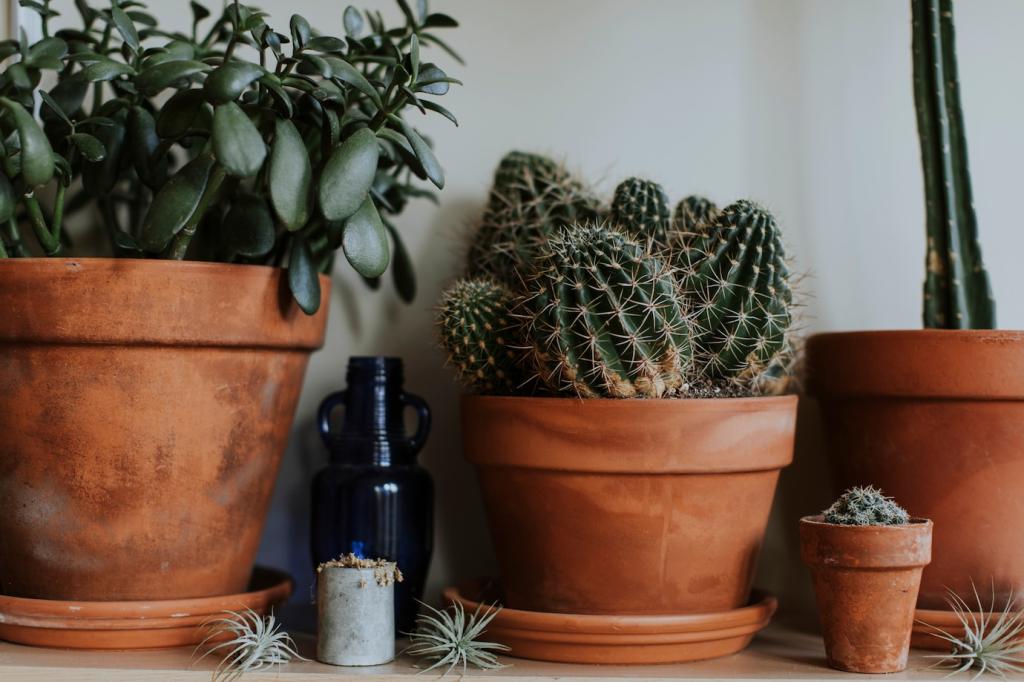
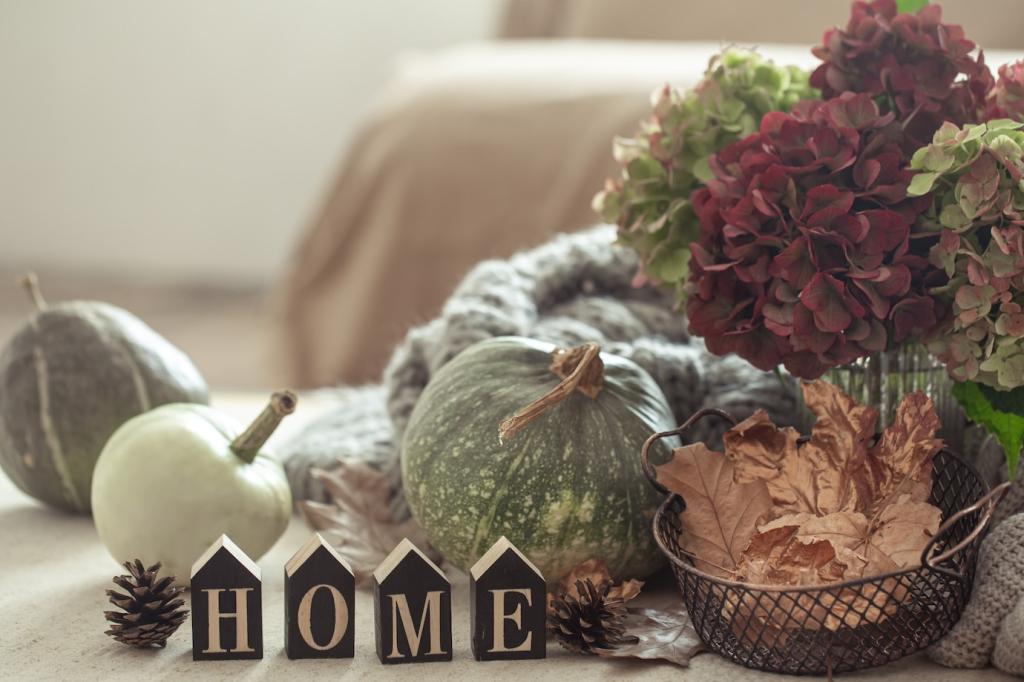
Pattern, Texture, and Fractal Calm
Research suggests mid-complexity fractals can reduce stress. Look for patterns inspired by ferns, shells, or coastlines in rugs and art. Keep scale varied, mixing fine grain with larger motifs to avoid visual fatigue. Share your favorite nature-inspired pattern source.
Pattern, Texture, and Fractal Calm
Layer nubby linen, open-weave cotton, and lightly brushed wood so hands find comfort without thinking. Texture also slows how light travels across surfaces, deepening shadows and calm. Post a snapshot of your coziest material pairing to inspire others.
Air, Water, and Multisensory Comfort
Airflow and gentle thermal variety
Open two windows to create a cross-breeze, or use a quiet ceiling fan set low to mimic outdoor movement. Small temperature shifts keep spaces lively and reduce stuffiness. What’s your favorite window-opening ritual? Share, and we’ll compile reader tips.
Water soundscapes for focus
A tabletop fountain offers soft white noise, masking interruptions better than silence. Place it away from electronics and where sunlight can sparkle on the surface. Prefer digital? Curate a stream playlist; we’ll trade our favorites in the comments.
Scent cues with restraint
Use branches of eucalyptus, citrus peels, or a single drop of pine oil on a wool ball near a vent. Keep aromas light so they refresh, not overwhelm. Subscribe for our seasonal, plant-based scent guide with safety notes for pets.
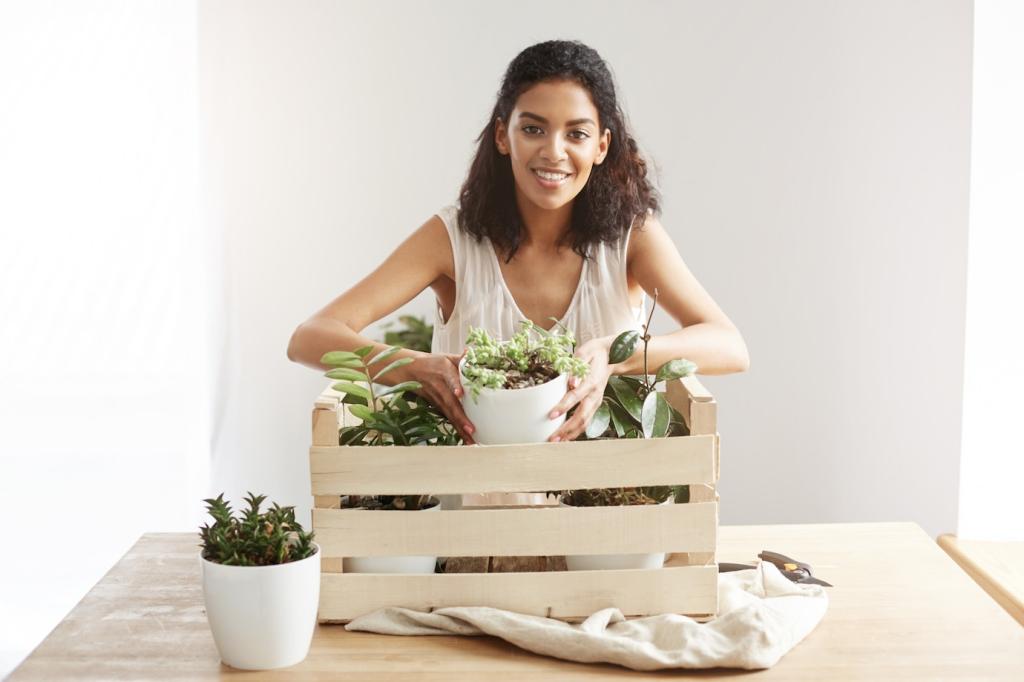
Prospect: the reassuring overlook
Create a vantage point—perhaps a chair facing a window or a hallway—so you can survey the room and beyond. Low backs and slim legs maintain openness. Show us your favorite lookout spot; we may feature it in a future roundup.
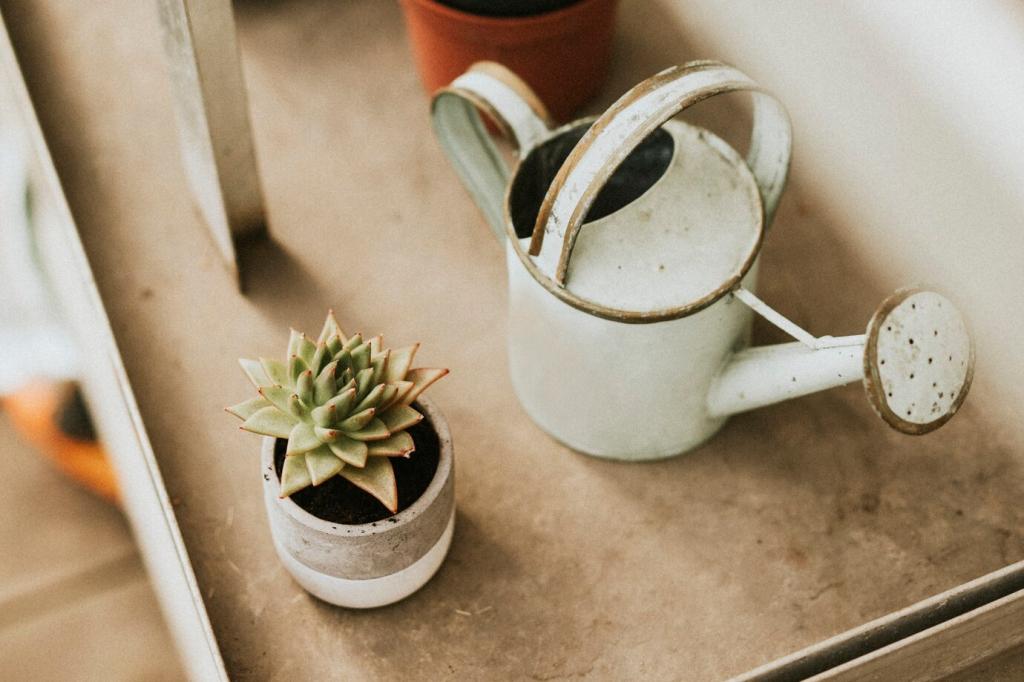
Refuge: the sheltering nook
Tuck a chair into a corner with a high-backed screen, plant, or bookcase to form a cocoon. Add a warm lamp and footrest. This small refuge calms overstimulated minds. Comment where you’d carve a nook, and we’ll help refine it.
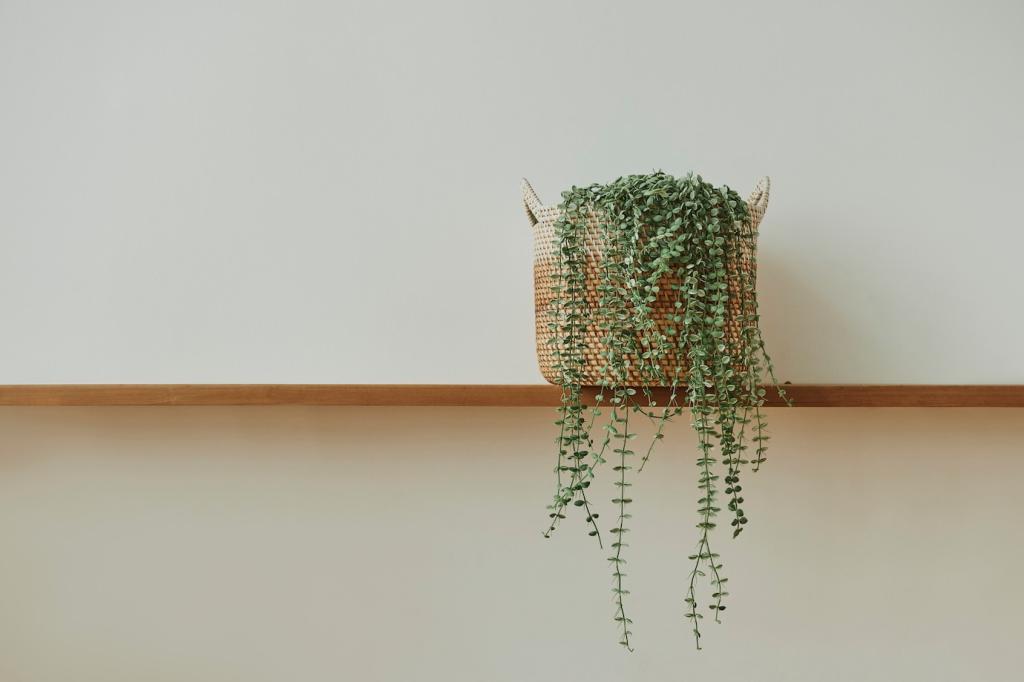
Mystery: inviting the next step
Use partial screens, dappled light, or a narrow art wall to suggest there’s more to see. A changing seasonal vignette rewards exploration. Subscribe for our guide on layering visual cues that entice without cluttering circulation.
From Idea to Home: A Practical Action Plan
Pick one room, add two elements—light control and a plant—then journal sleep, mood, and focus for two weeks. Adjust one variable at a time. Share your notes with us; we’ll offer ideas based on your observations.
From Idea to Home: A Practical Action Plan
Ask roommates or family which nature cues they crave: morning sun at breakfast, water sounds for reading, or a leafy desk companion. Vote, test, and rotate. We’d love your poll results; they help shape our next community challenge.
